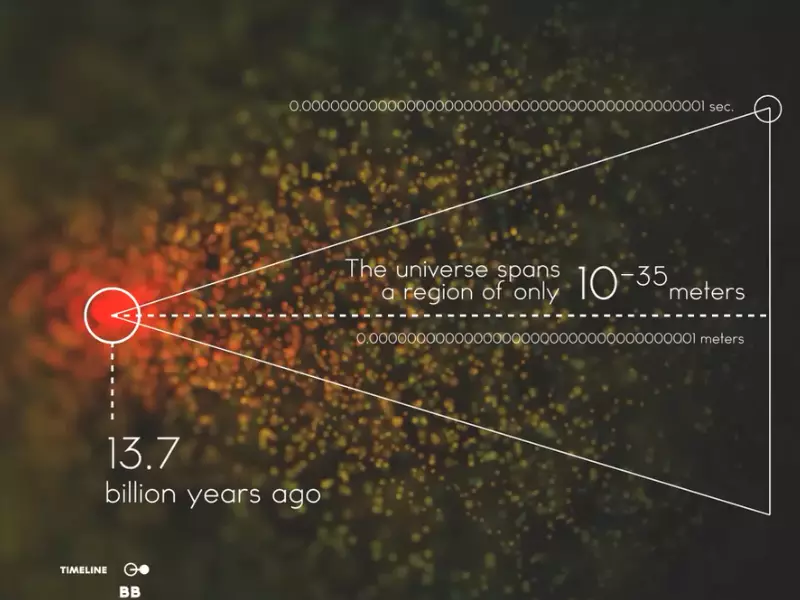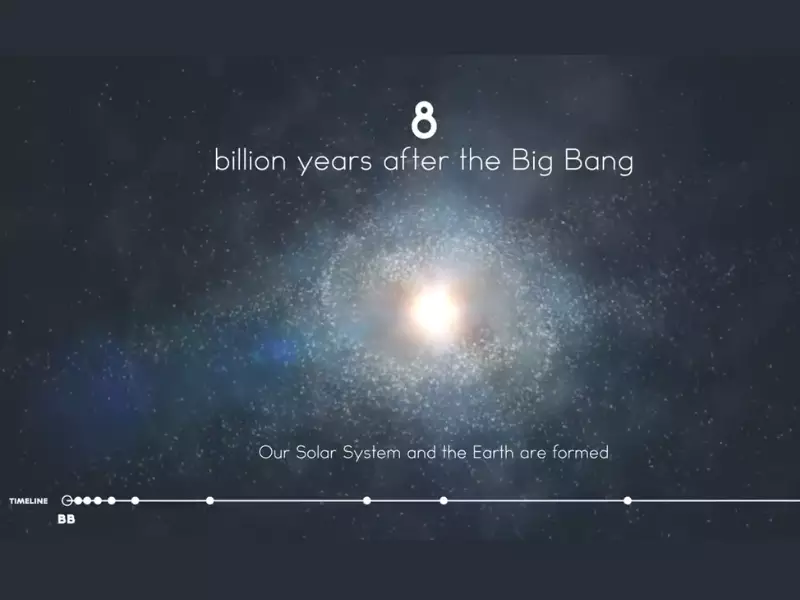Chronology, the backbone of historical and geological research, serves as a window into understanding the sequence of events and the age of artifacts or geological formations. It is essential in piecing together the past, offering insights into human history, evolutionary biology, and the earth’s geological transformations. The distinction between absolute and relative chronology is fundamental, as each approach provides different lenses through which time is viewed and understood.
Absolute chronology pinpoints the exact age of an object or event in years, utilizing precise dating methods like radiocarbon dating or dendrochronology. On the other hand, relative chronology places objects or events in order without necessarily providing a specific date, relying on techniques such as stratigraphy or typology. This dichotomy allows researchers to cross-reference dates and sequences, enhancing the accuracy of historical timelines and geological records.
The significance of distinguishing between these two types of chronology cannot be overstated. By employing both absolute and relative dating methods, scientists and historians can construct a more comprehensive and nuanced picture of the past. This multidimensional approach not only enriches our understanding of historical and geological timelines but also solidifies the foundations upon which current and future research is built.

Chronology Basics
Chronology stands as the backbone of historical and geological research, providing a structured way to understand the sequence of events and the age of artifacts or formations. It is divided into two main types: absolute chronology and relative chronology. These methods offer distinct ways to measure and interpret time, each with its own set of techniques, applications, and advantages.
Types of Chronology
Absolute Chronology
Absolute chronology aims to determine the exact age of an object or event in years. This method uses scientific techniques to measure the age of materials, offering a precise date or range of dates. It is crucial for constructing accurate timelines in historical and geological studies.
Relative Chronology
In contrast, relative chronology places objects or events in sequence without specifying their exact age. This method relies on the relative positions or associations of items to determine which came first. It provides valuable context for understanding the chronological order of events and artifacts.
Key Concepts
Time Measurement
The measurement of time is central to both absolute and relative chronology. Absolute methods quantify time in years, providing specific dates, while relative methods describe the sequence of events or objects, indicating which are older or younger relative to each other.
Dating Techniques
Dating techniques are the tools used to determine the age or sequence of events and artifacts. These techniques vary widely, from radiometric dating methods used in absolute chronology to stratigraphy and typology in relative chronology.
Absolute Chronology
Definition and Scope
Absolute chronology is defined by its ability to pinpoint the exact age of objects or events, utilizing a range of scientific methods. This precision makes it invaluable across various fields, including archaeology and geology, where dating accuracy is paramount.
Exact Dating
Exact dating is achieved through techniques that measure the decay of radioactive isotopes or the growth of tree rings, among others. These methods provide a direct estimate of age, offering a high degree of precision and accuracy.
Tools and Techniques
Several tools and techniques are pivotal in absolute dating:
- Radiocarbon Dating: Measures the decay of carbon-14 in organic materials.
- Dendrochronology: Analyzes tree ring growth patterns.
- Potassium-Argon Dating: Used for dating volcanic rocks.
These techniques rely on well-established scientific principles, ensuring reliable results.
Applications
Archaeology
In archaeology, absolute dating methods are used to determine the ages of artifacts and sites, providing a timeline for human activities and cultural developments.
Geology
Geology benefits from absolute dating by offering a means to date rocks and geological events, crucial for understanding the Earth’s history and evolutionary processes.
Advantages
Precision and Accuracy
The main advantage of absolute chronology is its precision and accuracy, allowing researchers to pinpoint dates and create detailed timelines.
Historical Relevance
This precision has significant historical relevance, as it helps to accurately place events in time, contributing to our understanding of human history and the geological past.
Relative Chronology
Definition and Scope
Relative chronology focuses on determining the sequence of events or objects, using their relative positions or associations. It does not provide exact ages but is essential for understanding the chronological order of historical and geological layers.
Sequence Dating
Sequence dating is achieved by examining the context in which objects or layers are found, using methods like stratigraphy, which analyzes sediment layers, and typology, which looks at artifact styles.
Indicators and Methods
Key indicators and methods in relative chronology include:
- Stratigraphy: Observes layers of sediment or artifacts.
- Typology: Classifies artifacts based on style and usage patterns.
- Cross-dating: Correlates findings with known dated contexts.
These approaches help establish a relative chronological sequence.
Applications
Stratigraphy
Stratigraphy is widely used in both archaeology and geology to determine the sequence of layers, informing us about the order in which events occurred.
Cultural Artifacts
Relative dating methods like typology are essential for classifying and sequencing cultural artifacts, providing insights into the development of societies and cultures.
Advantages
Contextual Understanding
Relative chronology offers a deep contextual understanding of how objects and events relate to each other in time, crucial for building a comprehensive historical narrative.
Cost-Effectiveness
Compared to absolute dating methods, relative dating is often more cost-effective, requiring less specialized equipment and resources. This makes it accessible for a wide range of research projects.

Comparative Analysis
Key Differences
Basis of Dating
The fundamental difference between absolute and relative chronology lies in their basis of dating. Absolute chronology provides a specific date, often in years, pinpointing the exact time an event occurred or an artifact was made. In contrast, relative chronology determines the sequence of events or objects, identifying which came first without specifying the precise date.
Methodologies
Methodologies also diverge significantly between the two. Absolute dating methods include radiocarbon dating and dendrochronology, which rely on physical and chemical processes. Relative dating methods, such as stratigraphy and typology, depend on the contextual analysis of materials.
Similarities
Despite their differences, both approaches share common goals in research application and historical interpretation. They aim to reconstruct timelines and understand historical sequences, contributing valuable insights into the past.
Research Application
Both chronologies are pivotal in archaeology and geology, aiding in the reconstruction of human history and the Earth’s geological past.
Historical Interpretation
They facilitate historical interpretation by providing a framework to place events, cultures, and artifacts in a temporal context, enriching our understanding of historical developments.
Challenges
Limitations of Each Approach
Absolute chronology, while precise, can be limited by the availability of datable materials and technological constraints. Relative chronology’s main challenge is its dependence on context, which can be subject to interpretation and may not always be clear.
Integration in Studies
Integrating absolute and relative chronology in studies presents complex challenges but can yield a more comprehensive understanding of timeframes and sequences. Balancing these methodologies requires careful consideration of their strengths and limitations.
Case Studies
Absolute Chronology Examples
Radiocarbon Dating
One of the most widely used methods, radiocarbon dating, allows scientists to determine the age of organic materials by measuring the decay of carbon-14. This method has revolutionized archaeology and paleontology, enabling precise dating of ancient artifacts and fossils.
Dendrochronology
Dendrochronology, or tree-ring dating, provides year-by-year records for climate studies, historical events, and environmental changes. It’s invaluable for dating wooden structures and artifacts, offering precise annual calibration.
Relative Chronology Examples
Superposition
The principle of superposition in stratigraphy asserts that in any sequence of undisturbed sedimentary layers, the oldest layer is at the bottom, and each successive layer is younger than the layer beneath it. This method is crucial in geology and archaeology.
Typology
Typology involves grouping artifacts into types based on shared attributes, allowing archaeologists to infer chronological sequences. This method helps in understanding the evolution of styles and technologies over time.
Future Prospects
Technological Advancements
Improvements in Accuracy
Ongoing technological advancements promise to improve the accuracy of both absolute and relative dating methods. Innovations in analytical techniques and instrumentation will enhance our ability to date materials more precisely and from smaller samples.
New Methods
The development of new dating methods and the refinement of existing ones continue to expand the toolkit available to researchers, potentially opening new windows into the past that were previously inaccessible.
Interdisciplinary Applications
Climate Change Studies
Chronology plays a critical role in climate change studies, where understanding historical climate patterns is essential. Both dating approaches contribute to reconstructing past climates, offering insights into future climate scenarios.
Human Evolution
In studying human evolution, chronology helps in mapping out the timeline of human development and migration patterns. The integration of absolute and relative dating methods provides a more nuanced understanding of our ancestors’ journey through time.
Frequently Asked Questions
What is absolute chronology?
Absolute chronology refers to the process of determining the exact age of an artifact, feature, or site in years. It uses scientific methods such as radiocarbon dating, dendrochronology, and potassium-argon dating to measure the age of materials, providing precise and quantifiable dates. This approach is invaluable in archaeology and geology for constructing accurate timelines of historical events and geological formations.
How does relative chronology differ from absolute chronology?
Relative chronology establishes the sequence of events or objects, one relative to another, without specifying their exact ages in years. It relies on methods like stratigraphy, where layers of sediment or artifacts are analyzed to determine a sequence based on their relative depths or positions. Unlike absolute chronology, it doesn’t provide specific dates but offers insight into the order of historical or geological occurrences.
Why is chronology important in historical studies?
Chronology is crucial in historical studies as it allows researchers to place events, civilizations, and cultural developments in a temporal context. Understanding the sequence and timing of events helps historians to construct narratives, identify cause-and-effect relationships, and draw connections between seemingly disparate events. It provides a framework for interpreting the past, making it possible to trace the evolution of societies, cultures, and the natural world.
Can relative chronology provide exact dates?
Relative chronology does not provide exact dates. Instead, it places artifacts, events, or layers in a sequence based on their relative positions or associations. While it can indicate which events happened before or after others, it cannot specify the precise time at which those events occurred. Relative dating methods are often used in conjunction with absolute dating to gain a more complete understanding of the chronological sequence.
Conclusion
The exploration of absolute and relative chronology is more than an academic pursuit; it’s a journey through time that offers clarity and perspective on our past. By distinguishing between these two approaches, researchers unlock the chronological secrets held within artifacts and geological formations, piecing together the jigsaw puzzle of human history and the earth’s evolution. This endeavor not only enriches our understanding of the temporal dimension but also underscores the interconnectedness of time, history, and scientific discovery.
In the end, the meticulous work of chronologists—balancing between absolute precision and relative sequencing—provides the narrative thread that weaves through the tapestry of time. Their efforts ensure that each discovery, each date, and each sequence contributes to the broader story of our existence, highlighting the intricate and often interwoven paths of natural and human history. Through their lens, we gain insights into the past that shape our understanding of the present and guide our projections for the future.
